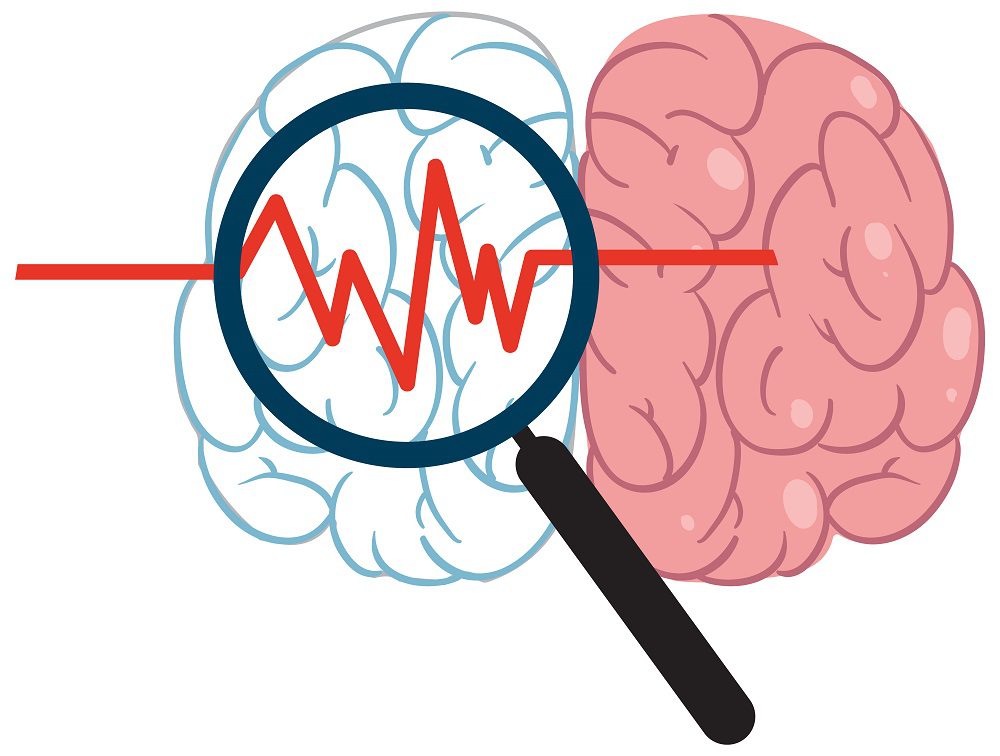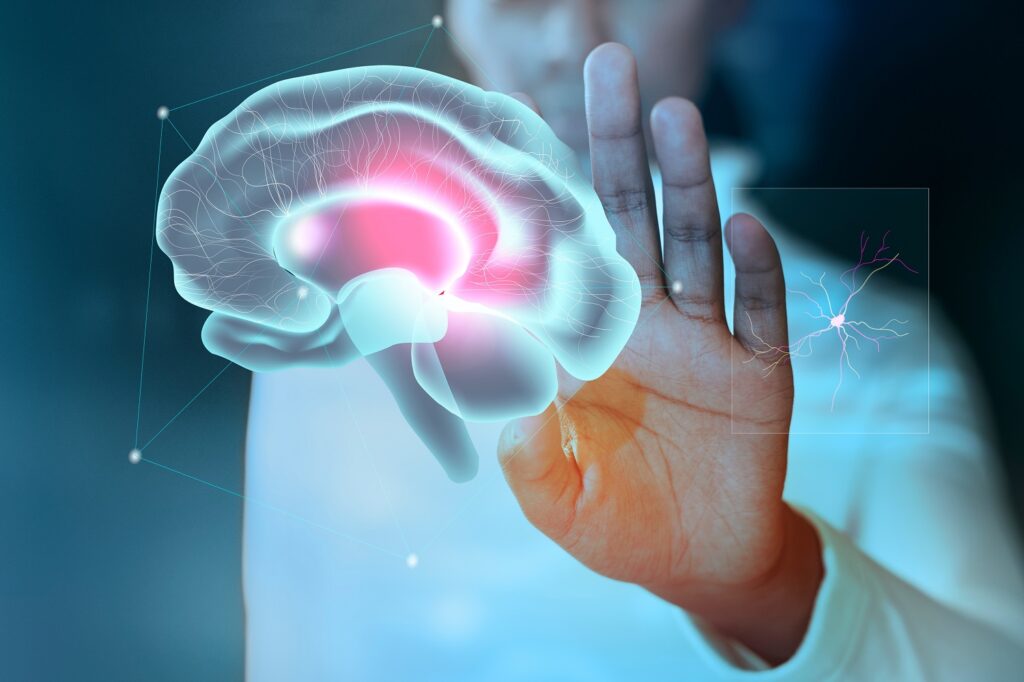Neuromuscular (NM) diseases are a common cause of morbidity and mortality. Myasthenia gravis (MG) is characterized by skeletal muscle weakness and fatigability. In essence, MG is an autoimmune disease that results from the destruction of post-synaptic nicotinic acetylcholine (ACh) receptors located at the neuromuscular junction (NMJ). Classically, patients will demonstrate increased weakness at the end of the day, or after exercise or exertion, with a resolution of symptoms occurring after rest.
Deep tendon reflexes are normal, and autonomic dysfunction is rare. Respiratory muscles often become of substantial concern as the disease progresses. The pre-op evaluation should focus on which muscle groups are affected, the recent course of the disease, current pharmacologic therapy, and any comorbid conditions. The significant effect the disease exerts on the body, as well as the medications often used to treat the disease, yield unique challenges to the anesthesia provider. One must take care throughout the perioperative period to provide the safest care for the patient.















